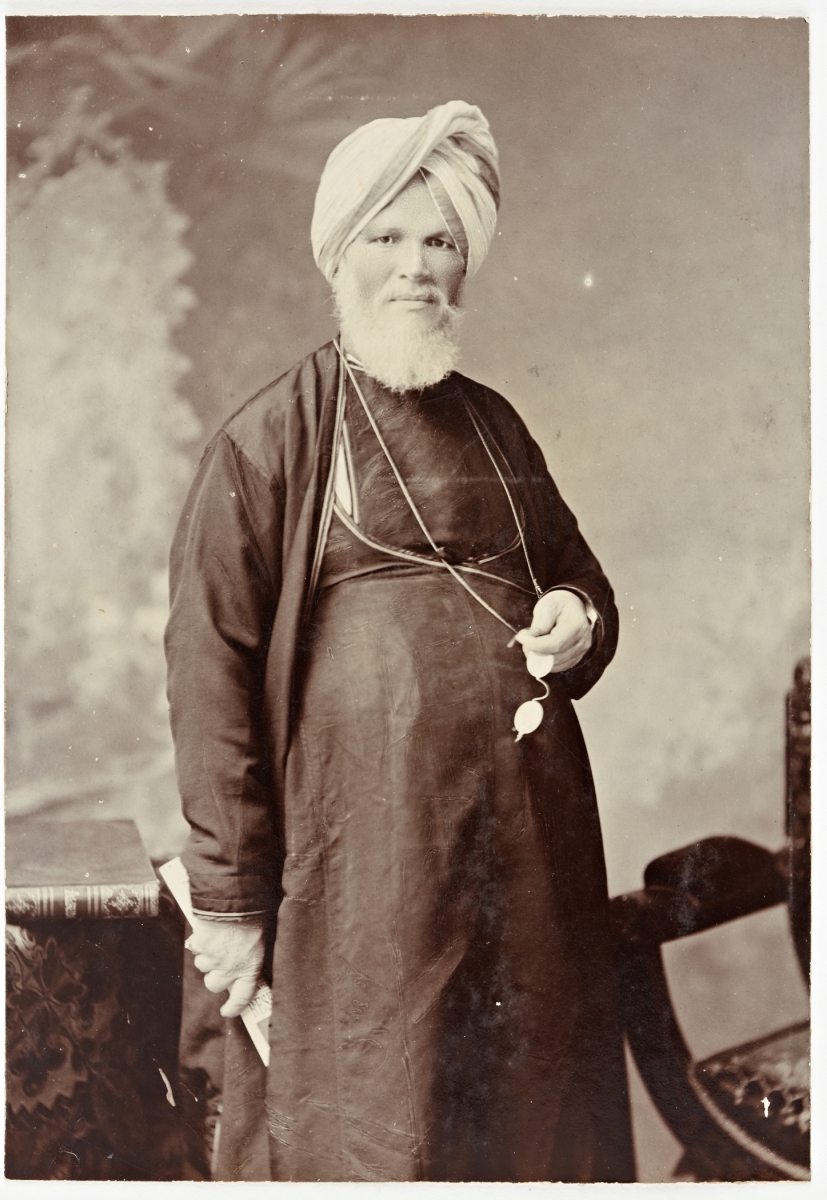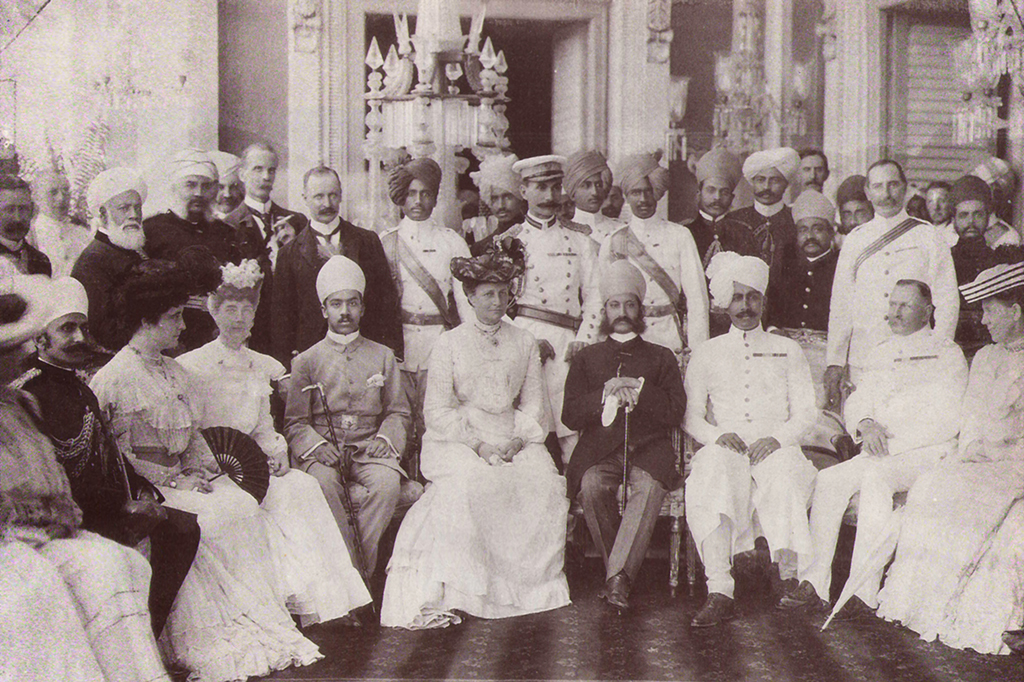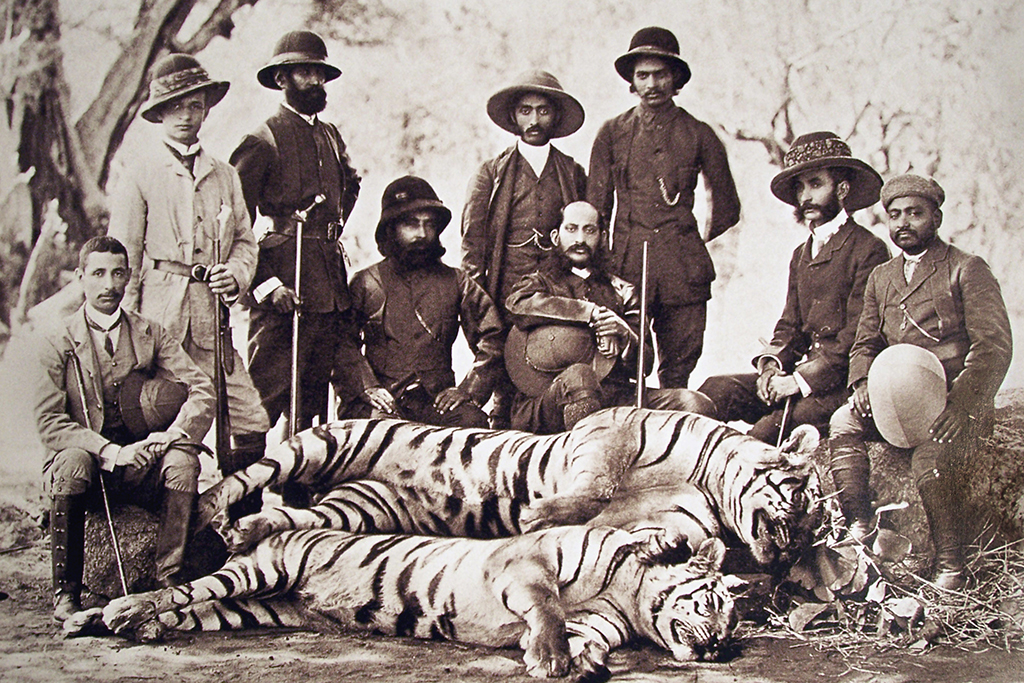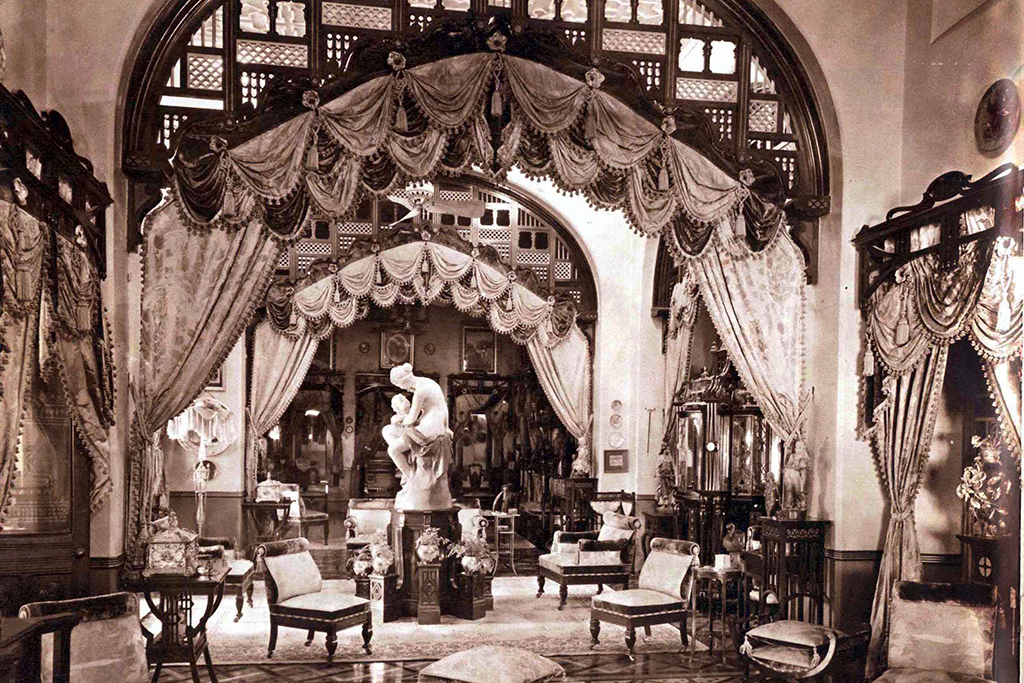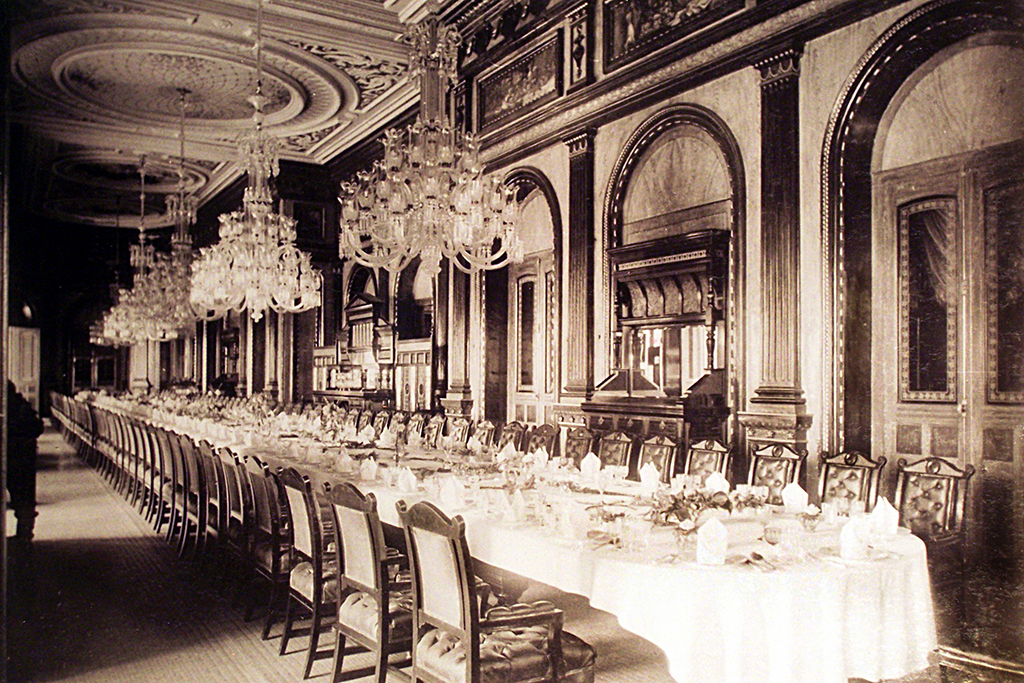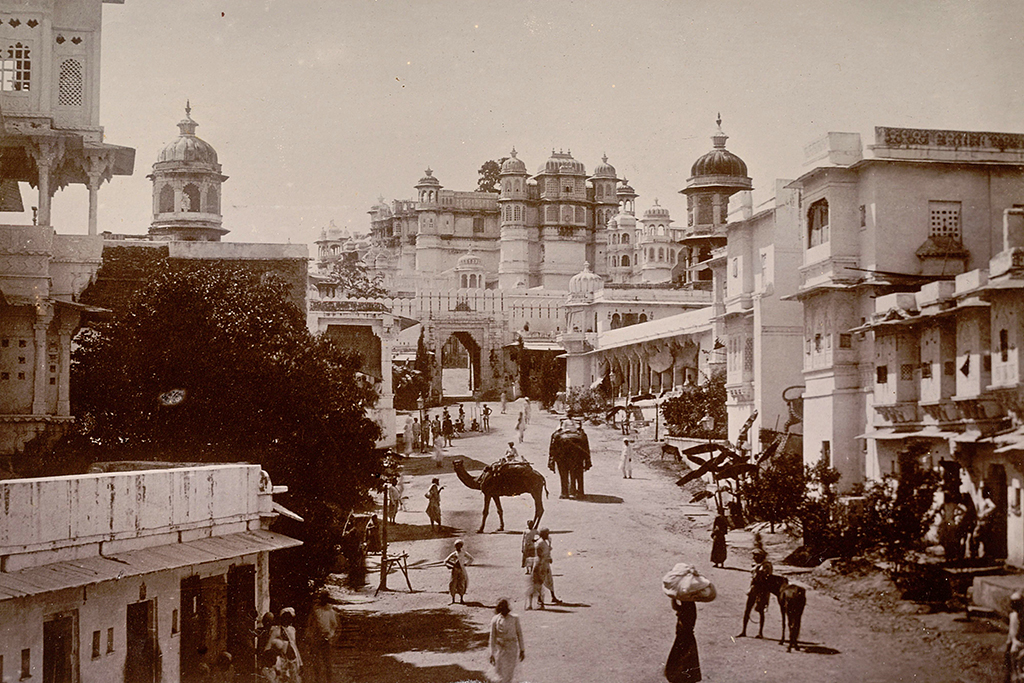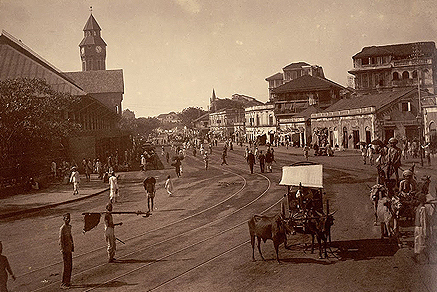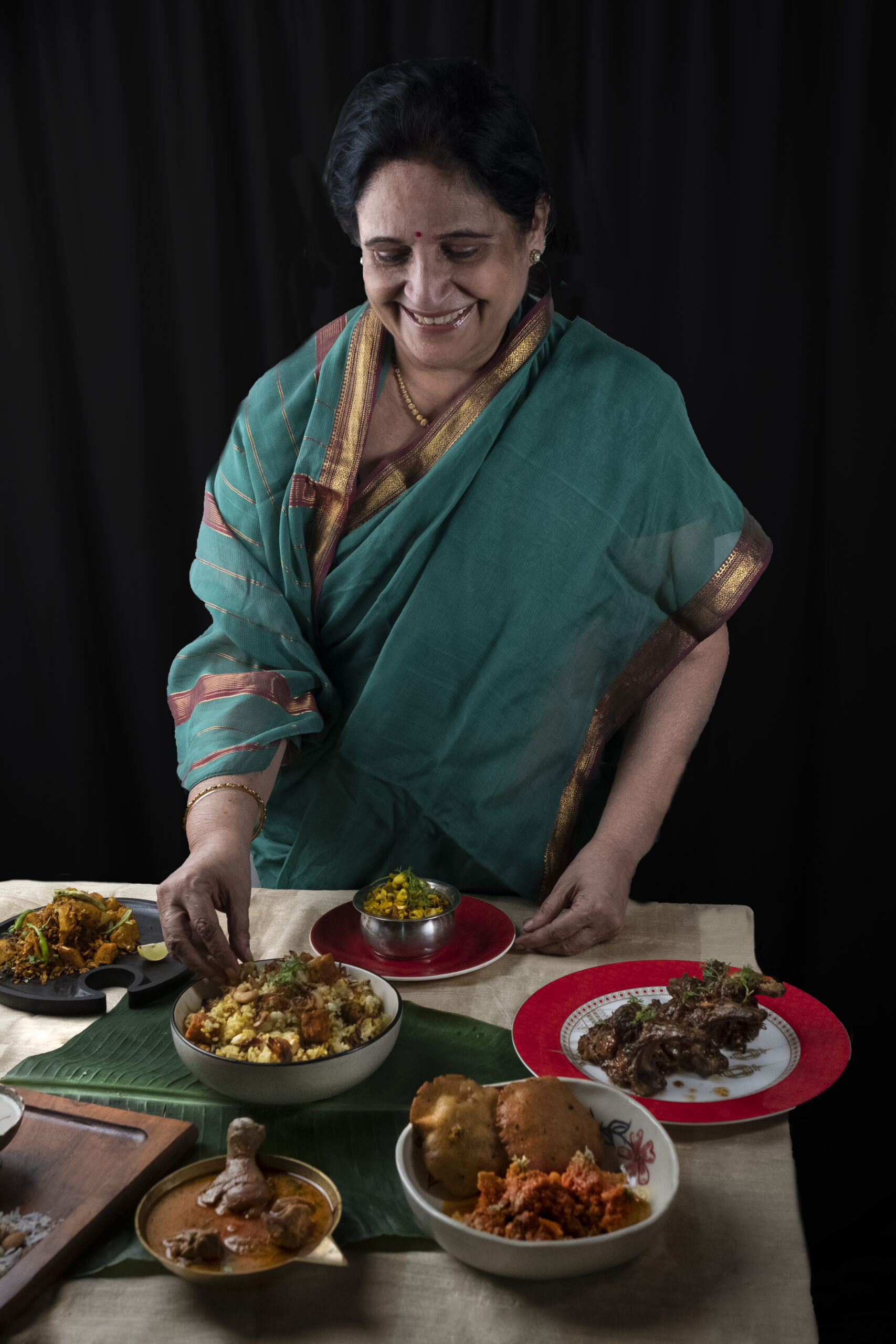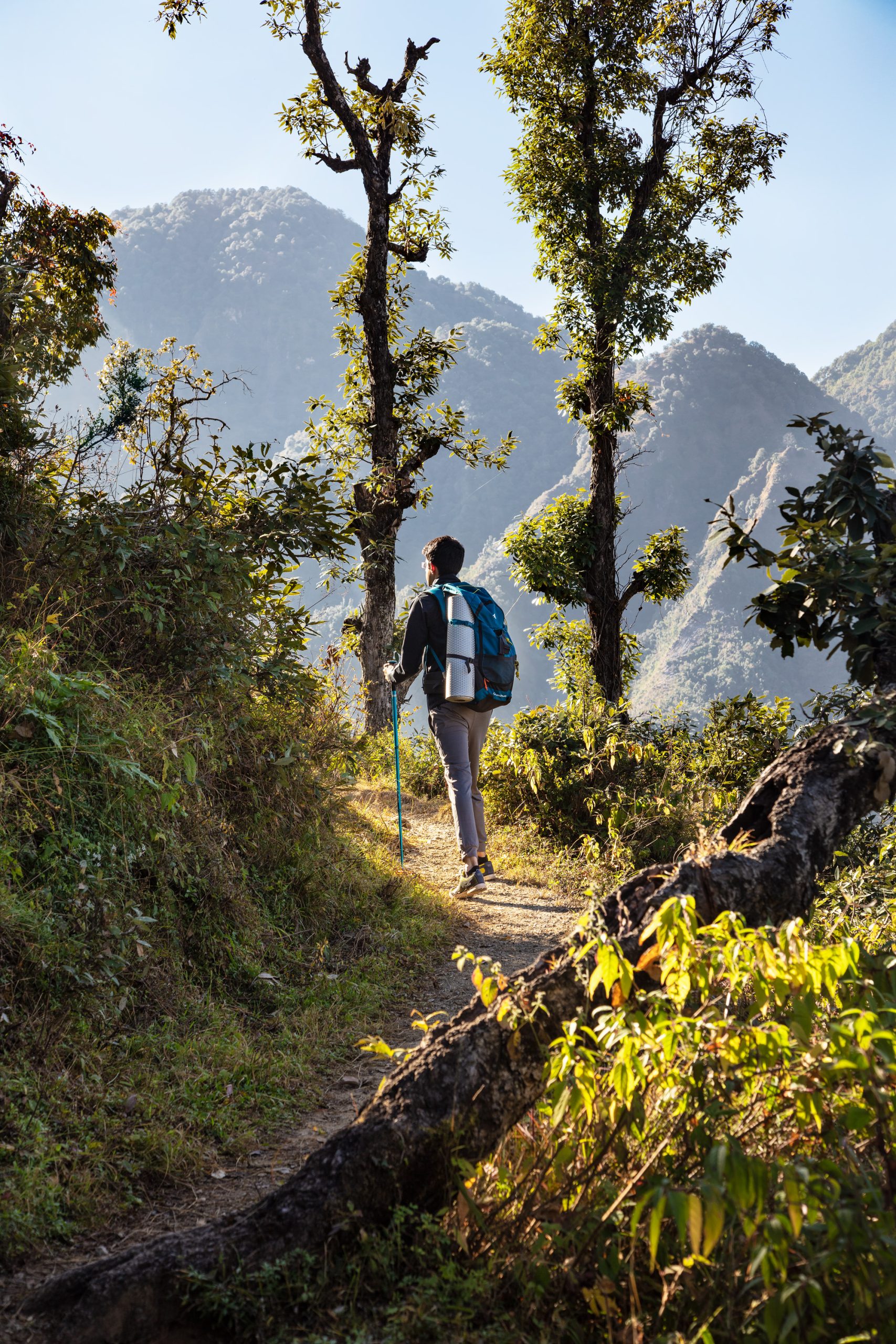“Ajab yeh karte hain tasvir mein kamaal kamaal
Ustaadon ke hain ustaad Raja Deen Dayal.”
In the art of photography, surpassing all
the master of masters is Raja Deen Dayal.
– Mehboob Ali, Nizam VI
Raja Deen Dayal, the most celebrated 19th century photographer, was born in 1844 to a family of Jain jewelers in Sardhana, Uttar Pradesh. In 1866, he was trained as a ‘draftsman’ at the Thompson College of Civil Engineering at Roorkee, now popularly known as IIT Roorkee. He worked at Indore’s Public Works Department where he was introduced to photography and he quickly developed an interest to explore the camera further. In his initial days with the camera, he captured the aesthetics of Indian monuments and their architecture using glass plate technology. This technology was later succeeded by photographic film and now digital photography as a medium to capture images. Dayal experimented with photography for about two years before giving up his career and becoming a full-time photographer in 1874.
Maharaja Tukoji Rao II of Indore became his first patron who later forged his connection with Sir Henry Daly who was a British Agent working in Indore. Dayal traveled with him extensively as he photographed views, native chiefs, families, and women perfecting his art and forming a bond with other British agents as well. His collection of photographs are estimated to be around 30,000 which provides an unparalleled insight into the rich Indian culture and heritage but also acts as an alternative history of visual form for the historians. These images include a splash of architecture, landscapes, military manoeuvres, royalty, festivals, and famous dignitaries, catastrophic famines and floods in Nizam’s region, and much more.
(1) 6th Nizam with 7th Nizam and Maharaja Kishen Prasad
(2) 6th Nizam of Hyderabad with Shikaar Trophies
During the 20th century, there was an increasing familiarity with the camera and photography in the Indian market. This increased commercial demand for portrait photos because of which a lot of photo studios opened in rapidly urbanising Indian cities. A lot of European influence can be seen in the early photography days like the presence of European props including wooden stools, painted drapes, and more.
In 1875, Dayal photographed the visit of the Prince of Wales and his entourage. He was also appointed as the photographer to Her Imperial Majesty Queen Victoria by royal warrant in 1887. Later, he became the official photographer to the Viceroy, Lord Dufferin, starting in 1888. At the 1893 World’s Columbian Exposition in Chicago, Dayal was awarded a medal for excellence in photography.
In, 1894 he was appointed as a court photographer by the sixth Nizam of Hyderabad because of which Dayal managed to give us a voyeuristic peep into the ongoings of the aristocratic life in Indian history. He captured the grand interior of the palace, leisure activities at court, and portraits of the royal families. The Nizam revered him with the title “Raja Bahadur Mussavir Jung” meaning “Bold Warrior of Photography”. He is appreciated for his ability to mingle with socialites of all kinds and present a picture of different lifestyles prevalent in India. His eye for detail and use of light quickly became popular and many British colonial elites and royal families of India sought his services.
(1) Interiors of the Basheerbagh Palace, Hyderabad
(2) A 100 seater dining table at Falaknuma Palace, Hyderabad
Dayal’s photographs have a beautiful sense of placement and angles in his frames. He has photographed many temples and monuments in India, which capture the intricacy of their architecture. In some of the photographs, a tiny human figure or a cow is included for scale. In the early 1880s, he traveled with the diplomat Sir Lepel Griffin, photographing images for the book ‘Griffin’s Famous Monuments of Central India’ published in 1886. Deen Dayal’s photographs had a unique signature of bird’s eye view that was rare during the time. His photographs cover the palaces, forts, and temples in Gwalior, Khajuraho, Rewa, and Sanchi bringing the powerful architectural features of this region to the world.
After photography gained popularity over a course of time, schools of photography and related societies were born in major cities like Bombay, Madras, and Bengal during the mid-1850s. These schools were exclusive to the British gentry and Indians who practiced photography from wealthy families including Maharajas of Jaipur and Benares. Dayal’s achievements as a photographer are impressive as he belonged to a lower subordinate class and build his name in the world of photography all because of his talent and encouragement from his patrons.
In 1875, the Maharaja of Indore helped him open his first studio of photography called ‘Dayal & Sons’ followed by the opening of his largest photographic studio in Bombay during 1896. He also opened a photo studio for women because of the strict social code of separate spaces for men and women that were followed then. These separate studios were called zenanas, for facilitating photography by women and portraitures of women subjects, which was overlooked by a British woman named Mrs. Kenny-Lavick in Hyderabad.
(1) Street view, Udaipur, 1880
(2) Carnac Road, Bombay, 1880
Dayal’s career as a photographer grew rapidly as he invested in the innovations and made sure to import the best pieces of equipment and custom lenses. Dayal’s autobiography called ‘A Short Account of My Photographic Career’ published in 1899 tells us a lot about his successful career and his reputation as the Raja of photography in India who was internationally renowned. After he died in 1905, his legacy was passed onto his sons and ‘Dayal & Sons’ remains one of the best photographic studios until today.
Text by Mariyam Fatima
Photographs via Story Ltd
